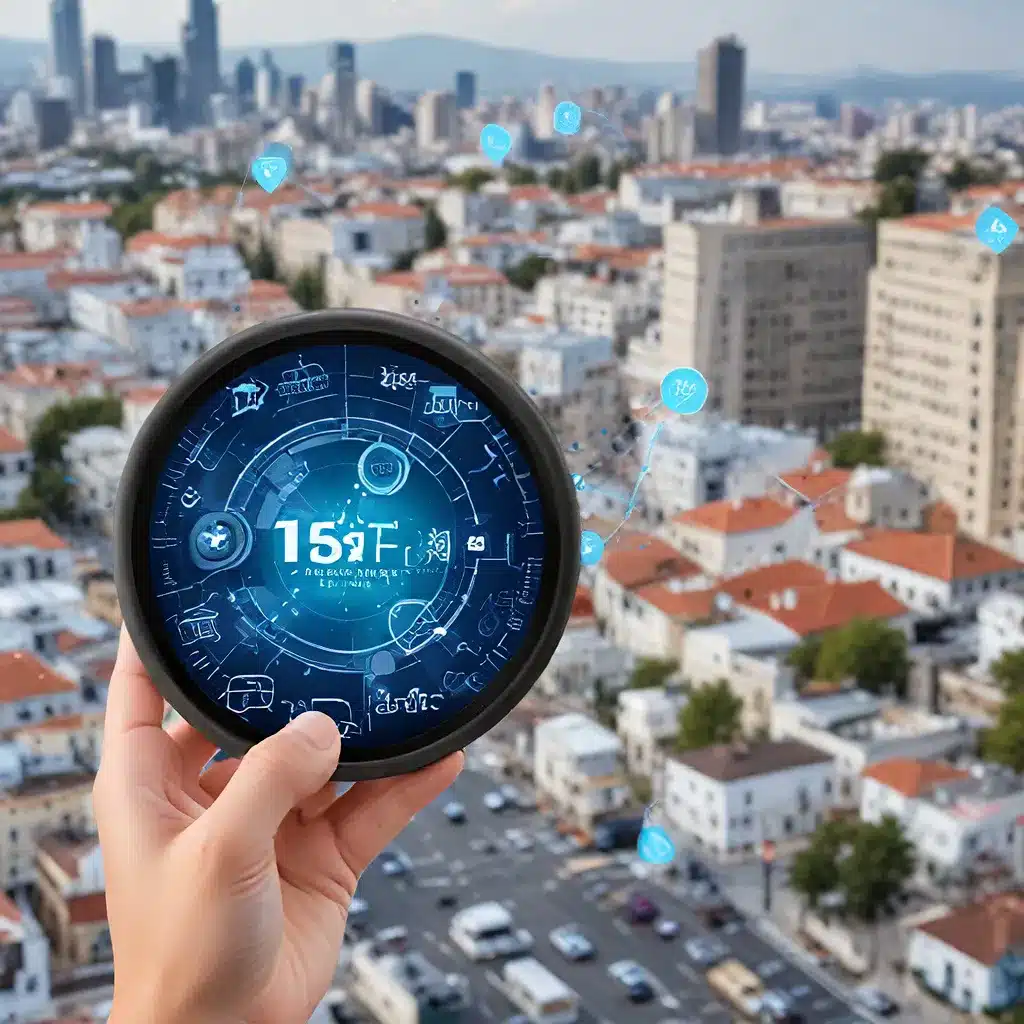
The Evolving Landscape of Sensor Networks and IoT
The physical world is becoming a type of information system, where sensors and actuators embedded in physical objects, from roadways to pacemakers, are linked through wired and wireless networks, often using the same Internet Protocol (IP) that connects the internet. These networks churn out huge volumes of data that flow to computers for analysis, enabling us to understand complexity and respond to it swiftly.
This revolution is transforming the way we gather, process, and utilize information. Pill-shaped microcameras can traverse the human digestive tract and send back thousands of images to pinpoint sources of illness, while precision farming equipment with wireless links to data collected from remote satellites and ground sensors can adjust the way each individual part of a field is farmed, optimizing the use of resources.
As these sensor-driven technologies continue to mature, the range of corporate deployments will increase, opening up a vast array of opportunities for organizations across industries. Now is the time for executives to structure their thoughts about the potential impact and opportunities likely to emerge from the Internet of Things (IoT).
Understanding the Types of IoT Applications
The emerging applications of sensor networks and the IoT can be broadly categorized into two distinct types: information and analysis, and automation and control.
Information and Analysis
As the new networks link data from products, company assets, or the operating environment, they generate better information and analysis, which can enhance decision-making significantly. Some organizations are already deploying these applications in targeted areas, while more radical and demanding uses are still in the conceptual or experimental stages.
For example, insurance companies are offering to install location sensors in customers’ cars, allowing them to base policy prices on actual driving behavior rather than proxies like age, gender, or place of residence. In the retail sector, sensors that note shopper profile data can help close purchases by providing additional information or offering discounts at the point of sale.
In the business-to-business realm, sensor technologies are being used to track RFID tags placed on products moving through supply chains, improving inventory management and reducing working capital and logistics costs. In the aviation industry, sensor technologies are enabling new business models, where manufacturers retain ownership of their products while charging airlines for the amount of thrust used.
Automation and Control
Making data the basis for automation and control means converting the data and analysis collected through the IoT into instructions that feed back through the network to actuators that, in turn, modify processes. This closing of the loop from data to automated applications can raise productivity as systems that adjust automatically to complex situations make many human interventions unnecessary.
In the chemical production industry, legions of sensors are used to bring much greater granularity to monitoring, with the data feeding into computers that analyze it and send signals to actuators that adjust ingredients, temperatures, or pressures. Similar applications are found in the pulp and paper industry, where embedded temperature sensors and automated adjustments have led to a 5% increase in production.
Networked sensors and automated feedback mechanisms can also change usage patterns for scarce resources like energy and water, often by enabling more dynamic pricing. Utilities are deploying “smart” meters that provide real-time information on energy usage and costs, allowing residential and commercial customers to adjust their consumption patterns accordingly.
Sensor Networks and IoT: Challenges and Opportunities
While the Internet of Things holds great promise, business, policy, and technical challenges must be tackled before these systems are widely embraced. Early adopters will need to prove that the new sensor-driven business models create superior value, while industry groups and government regulators must study rules on data privacy and security, particularly for uses that touch on sensitive consumer information.
Legal liability frameworks for the decisions of automated systems will also need to be established by governments, companies, and risk analysts in consort with insurers. On the technology side, the cost of sensors and actuators must fall to levels that will spark widespread use, and networking technologies and standards must evolve to support the seamless flow of data among sensors, computers, and actuators.
As these challenges are addressed, the opportunities presented by sensor networks and the IoT will continue to expand. Software to aggregate and analyze data, as well as graphic display techniques, must improve to the point where huge volumes of data can be absorbed by human decision-makers or synthesized to guide automated systems more appropriately.
Within companies, the changes in information patterns will have implications for organizational structures, as well as the way decisions are made, operations are managed, and processes are conceived. Product development, for example, will need to reflect far greater possibilities for capturing and analyzing information.
Embracing the Sensor-Driven Future
Companies can begin taking steps now to position themselves for these changes by using the new technologies to optimize business processes in which traditional approaches have not brought satisfactory returns. Energy consumption efficiency and process optimization are good early targets, and established companies can seek partnerships with innovative technology suppliers creating IoT capabilities for their target industries.
As the sensor networks and IoT technologies continue to evolve, the potential for transformative change across industries is immense. From predictive maintenance in manufacturing to personalized healthcare and smart city infrastructure, the data-driven insights and automated decision-making enabled by these technologies will be crucial in enhancing competitiveness and improving societal outcomes.
By embracing the sensor-driven future and strategically integrating these technologies into their operations, organizations can gain a significant advantage over their competitors and position themselves for long-term success in the rapidly evolving landscape of the Internet of Things.
Sensor-Networks.org is a leading online resource dedicated to exploring the latest advancements and applications of sensor network technologies, providing valuable insights and analysis for professionals, researchers, and enthusiasts in the field.